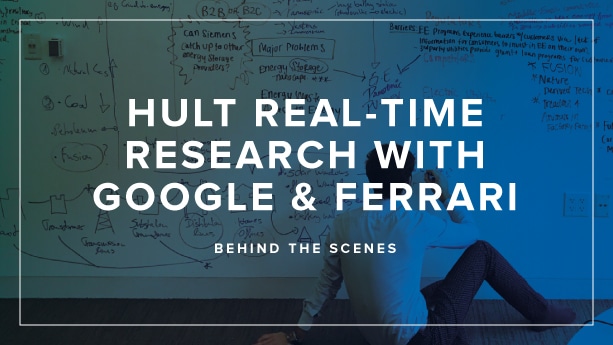Written by Cassandra Handley, a Hult contributing blogger.
Please note: Hult Real-time Research is no longer offered.
Alright, you’ve applied and been selected for the next Hult Realtime Research (HRR) project with a cool, global, innovative company. Now, what to expect with the kick-off process and initial stages of the project?
Jane Furness (Australian, MBA, Class of 2017) and Olaf Wilson (German, MBA, Class of 2017), former project leads for the Google and Ferrari HRR projects respectively, will shed some very instructional light on these next critical steps.
First, the behind-the-scenes company selection looks a little like this:
Companies seeking market research or data sets that they don’t yet have apply for a HRR project with project director Frederik du Bois. Those companies selected, like the Hult students, must exhibit a high-level application of cutting-edge tech innovation, storytelling, and branding.
The team makeup
Once a small team of Hult’s best students from around the world are assigned, they get to work on providing insights on the significant research challenges these companies are facing.
“Including me,” says Olaf, “there were nine students. One fellow MBA student in London, three Master of International Business students in Dubai, two MBA. students in Boston, and two MBA students in San Francisco. I had never spoken with any of them before this. Fredrick had chosen everyone on the project, spoken with them, and he thought they were a good fit. He chose well.”
“We all learned during the process about each other and our experiences, but also came together as a team to deliver a high quality product that impressed the Google partners.” – Jane Furness, project lead for Google Hult Real-time Research project
For Jane, “My team, who stretched across four regions and four times zones, was very exceptional, eager, and determined, so that made my job quite easy, and I didn’t have to motivate everyone. Everyone came with their own motivation. We all learned during the process about each other and our experiences, but also came together as a team to deliver a high quality product that impressed the Google partners.”
What students know before signing on
“Frederik pitched a general idea of what the project would be, basically healthcare which directly relates to my background,” recalls Jane. “I also knew it was going to be for Google, so that’s about as much information as I had when I agreed to work on the project.”
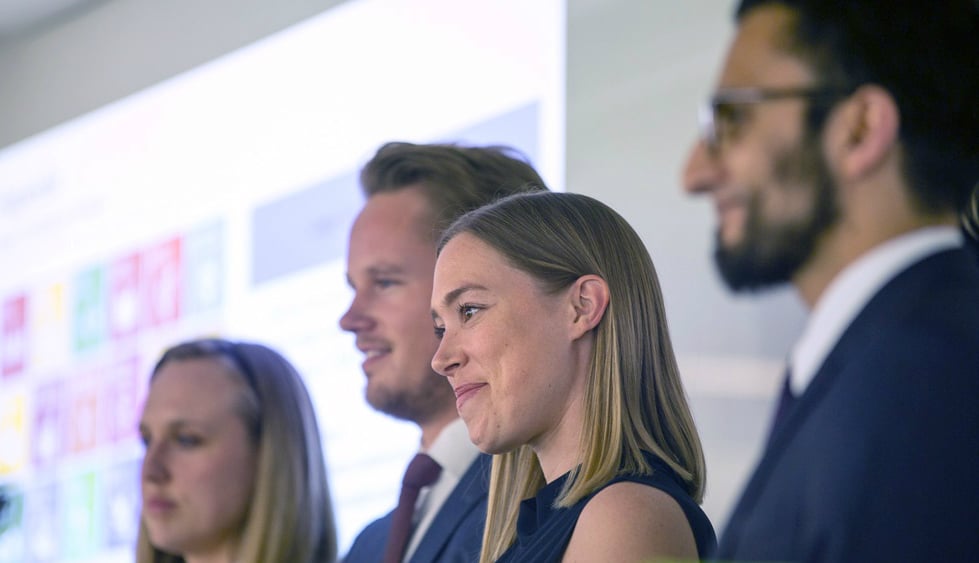

The project scope and getting started
Many projects and even the company’s involvement itself are top secret and students are required to sign non-disclosure agreements. This was the case with Google, but Jane was able to give us some details. “The project, without disclosing too much, was to decipher whether we could map moments in weight loss consumers. We were lucky in our group, because we had a Masters student with a background in psychology, and that really helped in trying to work out what different consumer responses and feelings meant.”
“First, we did desk market research to become more informed of the processes we were looking at and then we did our own secondary research in taking surveys and gathering both qualitative and quantitative information that would help us give a better end result for Google,” explains Jane.
For Olaf, “Ferrari has two museums, and the question was, ‘How can we improve the Ferrari museums in terms of visitor engagement? And, how can we incentivize more people to attend the museums to result in higher profits and higher revenues in those museums?”
“We analyzed other auto museums in the auto industry and other general museums such as the Louvre and history museums. Then, we also analyzed companies that are engaging with visitors very well such as Ikea.”
“The question was, ‘How can we improve the Ferrari museums in terms of visitor engagement? And, how can we incentivize more people to attend the museums to result in higher profits and higher revenues in those museums?” – Olaf Wilson, project lead for Ferrari Hult Real-time Research project
“Based on that, we recommended a plan for Ferrari on how they should improve in their Ferrari museums like using new technologies to engage the visitors. We also recommended using an app for the children. We had different visitor groups and it was quite complex at the end of the day.”
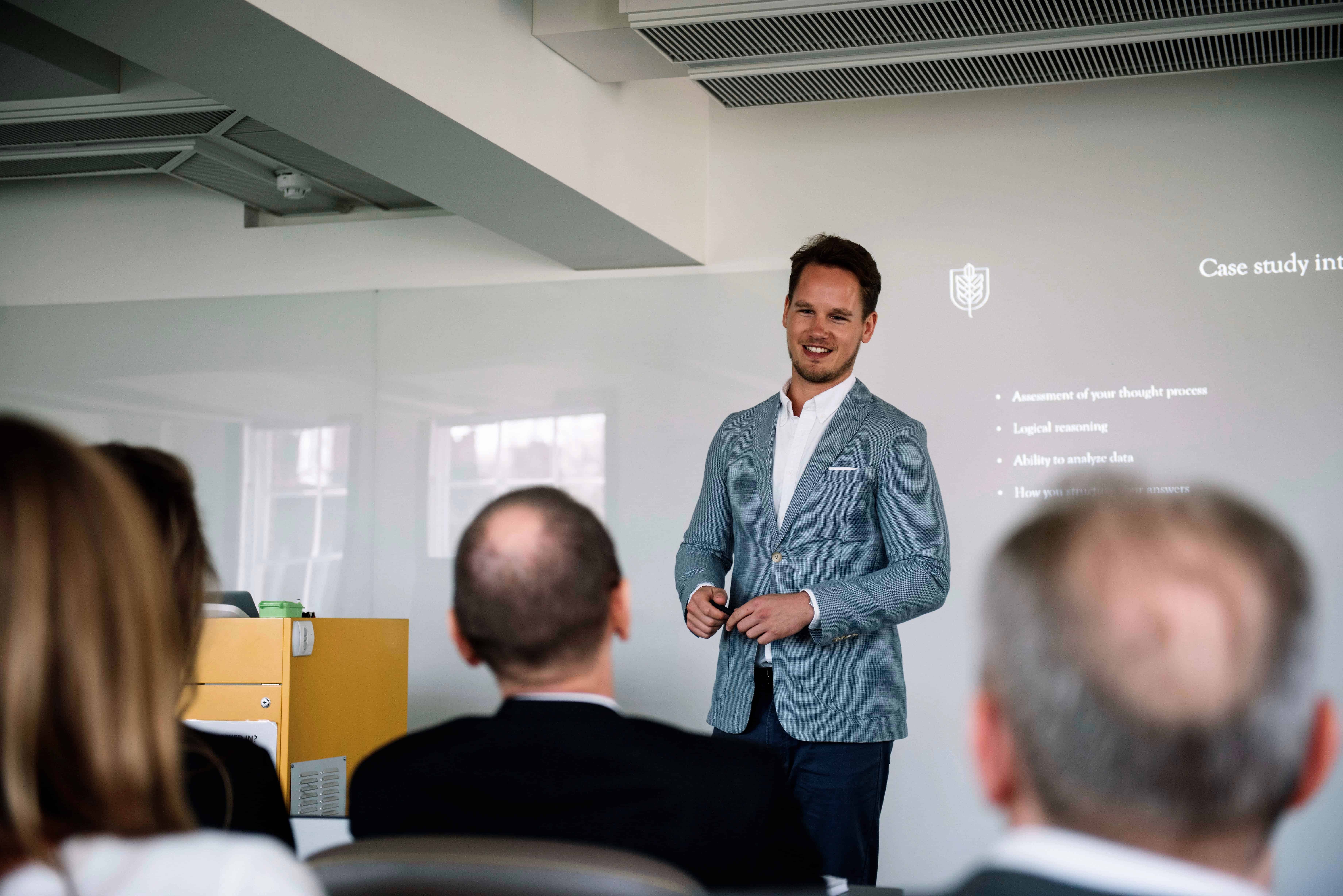

Hult staff involvement
Jane found she needed guidance. “Fredrik was there as a mentor and a support for how the project should proceed and the different goals and deliverables we should meet. I hadn’t worked as a project manager before, so I sought his advice a lot, maybe more than others. I definitely felt like I had a good enough relationship with him to both seek advice but tell him when I was doing fine and that I didn’t need his support as much. He’s there in the capacity as much as you want it.”
Olaf’s experience was slightly different. “We were left to it. Hult staff was hands off.”
“Our team was nine people, and we had seven or eight different nationalities. We had an age range of 22-30. Each of the students was studying different things before and was from different professional backgrounds.” – Olaf Wilson
The global team dynamic
Olaf considers the diversity of his team to be an asset. “Hult is about diversity and diversity isn’t just about having team with members in four different cities, but it starts with the different backgrounds of the students. Our team was nine people, and we had seven or eight different nationalities. We had an age range of 22-30. Each of the students was studying different things before and was from different professional backgrounds. All of that was really exciting and I think it was the base for coming up with our really good recommendations for the client, because everyone had their different perspectives on the idea.”
As part of a series featuring Hult Realtime Research, the next post will wrap up the research and client pitching steps, as well as highlight some surprises Jane and Olaf encountered along the way. In case you missed it, the first post highlighted five insider tips from the two project leads, read it here.
Find out more about Hult Real-Time Research and watch a video on the project for Airbnb.
If you would like to find out more about Hult’s global business programs, download a brochure here.
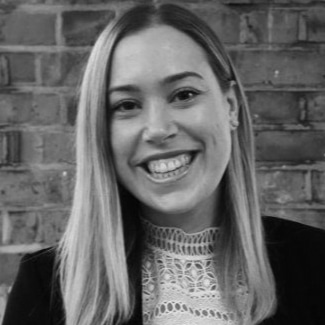

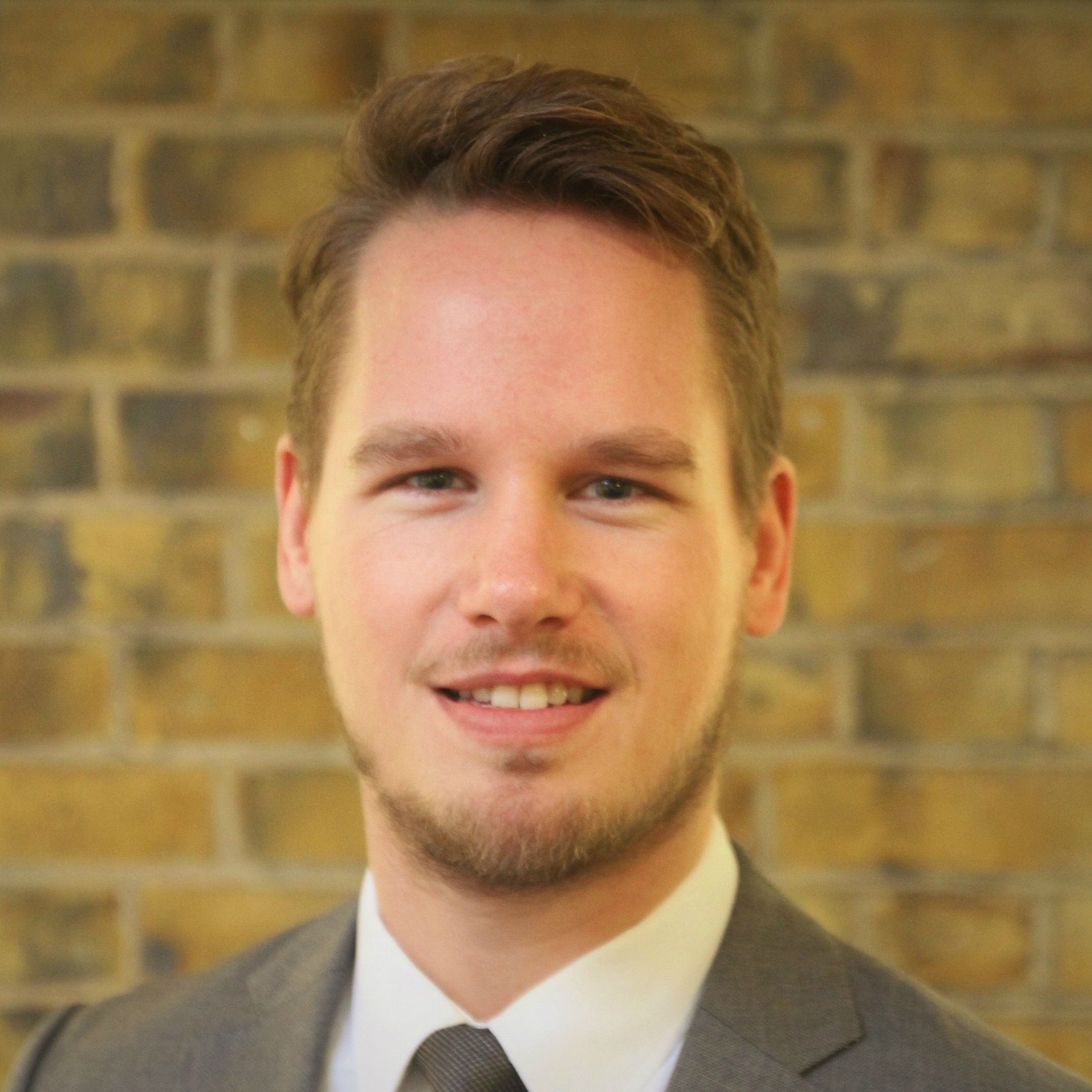

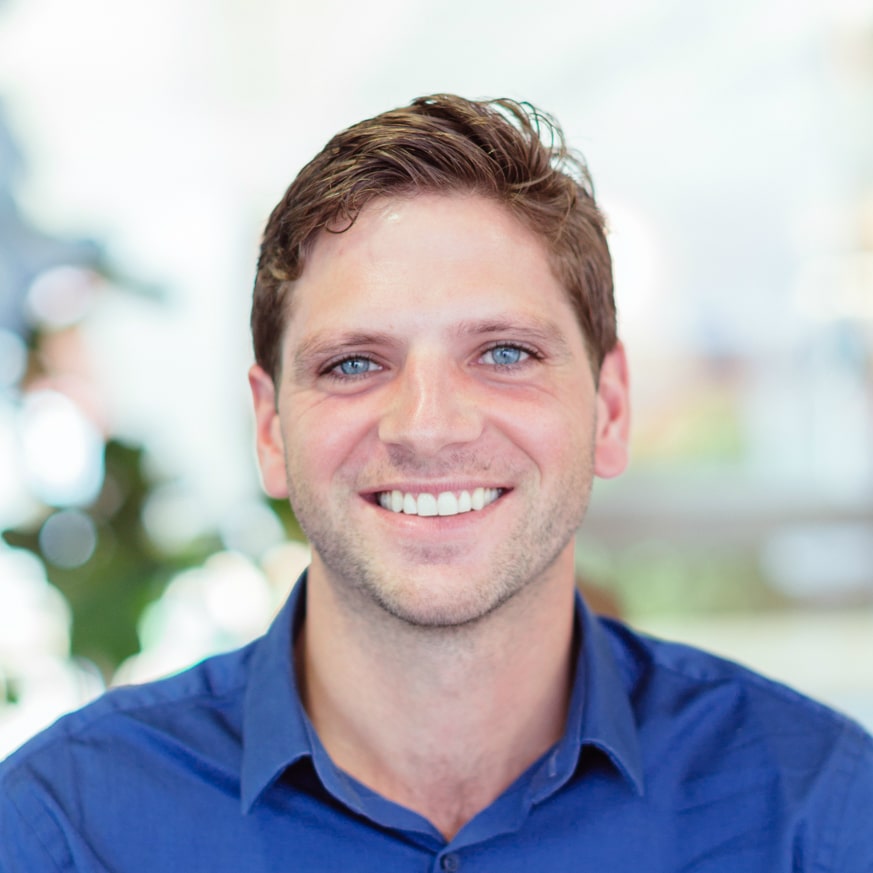

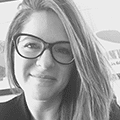

Hult offers a range of highly skills-focused and employability-driven business school programs including a range of MBA options and a comprehensive one year Masters in International Business. To find out more, take a look at our blog Hult Real-time Research with Google and Ferrari: 5 insider tips on getting started. Download a brochure or get in touch today to find out how Hult can help you to learn about the business world, the future, and yourself.


